Horse thermoregulation
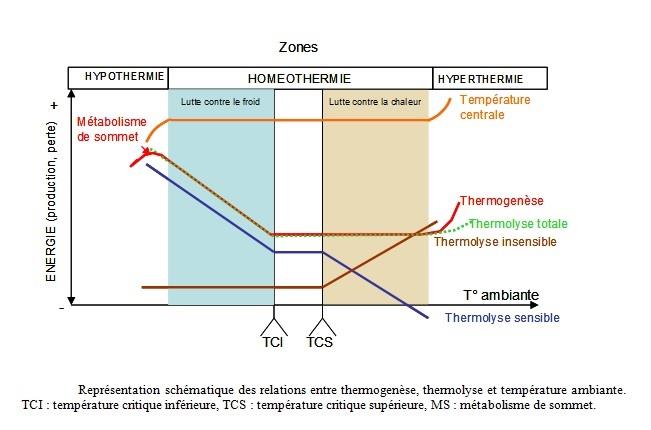
- stalion : 37.6°C
- foal: 39.3 ° C
- lower in the morning than in the afternoon (we can reach 1 ° C difference)
Where does the thermoregulation of the horse take place?
- LSkin is the place of heat dissipation to the outside. Dissipation depends on the difference between skin temperature and ambient temperature.
=> The skin, the cutaneous tissues and the fat of the subcutaneous tissues are bodily insulating systems.
- The fat is particularly important.
- But fur also has a major insulating role. It retain a more or less important layer of air (with a quick thickness adjustment by the erection control).
Thermogenesis and thermolysis
- On the one hand, the basal thermogenesis results from metabolic activity. When the horse moves, feeds ... it causes additional thermogenesis. Muscles produce more than 80% of body heat during work!
- On the other, the thermolysis is accompanied by a feeling of cold. It is due to:
- radiation (radiation emitted by a wall, a surface).
- conduction: by contact with a material that is not at the same temperature (solid or fluid).
- convection: by renewing a fluid (air, water) around the horse. The loss is accentuated in a draft.
- evaporation of water.
Thermal neutrality
- too cold (hypothermia)
- and too hot (heat stroke).
=> thermoregulation will take place between the two.
- for an adult horse accustomed to moderate climatic conditions: its thermal neutrality zone is entre + 5 °C et + 25 °C.
- for an adult horse used to cold climatic conditions: its thermal neutrality zone is entre -15 °C et + 10 °C
Estimate the heat experienced by the horse
- if we are acclimatized and how long we have been exposed to heat;
- how hydrated we are;
- if we rest or if we work and how hard we work;
- our individual tolerance to heat;
- whether we are in the sun or in the shade and whether it's windy or not ...
- temperature in the shade (hence the value of planting trees);
- the amount of humidity in the air (often measured in% relative humidity): to check live humidity level, at your place, have a look there ;
- the strength of the sun (the one that determines the index of our sunscreens): in cloudy weather the strength of the sun is less strong;
- the reflection of the radiation on the ground (hence the interest to reflect on the coatings chosen for equestrian surfaces - and also for the tracks)
- wind speed (remember to spot air currents in your home)
=> to get an idea of the "temperature / hygrometry" component allowing you to consider or not an activity with your horse, see this article here
1 - Fight against heat by facilitating thermolysis:
- To begin with, with redistribution at the level of the skin : the subcutaneous capillary networks (deep and superficial) make it possible to modify the insulating qualities of the skin. Those are “radiator” zones (ears, tail) favorable to caloric losses (short and not very dense hairs). They allow “long-term” regulation.
- And also by redistribution of blood to the limbs : particularly significant heat losses at the extremities. The oxygen supply to the muscles must be assured, therefore the blood flow is maintained. But, there is a redistribution of blood in the limbs.On a hot horse, you can see the veins under the skin
- to organize rainwater harvesting, for example, to supply horses' showers,
- or to favor other means of thermoregulation.
Brain case
- In the horse, the internal carotid artery passes through the cranial cavernous sinus, allowing counter-current heat exchange and thermoregulation of the central nervous system.
- In the case of the mounted horse, the pair of throaty air-filled pouches that envelop the internal carotid arteries are another thermoregulatory mechanism.
Case of the testicles
- the muscles that relax when the ambient temperature rises and move the testicles away from the body,
- the warm blood of the testicular artery is cooled by countercurrent exchanges in the testicular veins,
- there is also no adipose tissue,
- but abundant sweat glands.
2 - Fight against heat by increasing losses:
First :
- La sweating is predominant in large species.
- a first loss by convection (body heat will pass through the water which is heated by contact),
- and when you then pass the heat knife to leave only a thin film of water,this is the evaporation mechanism which is added (hence the interest in doing so).
=> if there are drafts where the horse is left to dry, this increases the loss (hence the precautions to be taken not to leave the horse anywhere, because it can really catch a cold ... ).
=> it is important to learn to pass the heat knife not to dry the horse but to leave just enough water to promote perspiration.
Secondly
WARNING
- of course, we leave a salt stone available at all times, but we know that the horse will not always consume it.
- We will therefore also be able to put salt on the hay or in the supplements distributed.
- immediate replacement: the horse is not dehydrated
- in 2 to 3 seconds: dehydration is slight
- in 6 to 10 seconds: dehydration is really important and you have to act
- beyond that, the horse is in danger of death !!!
3 - Two ways to fight against heat by reducing thermogenesis:
1) Reduction of endogenous thermogenesis:
- reduced food intake: we will leave hay at will but do not supplement with foods rich in energy (of course we adapt on a case-by-case basis: this is not to put the horse in difficulty: in the case of the horse usually mounted, his “sporting activity being reduced, so too are his needs),
- food consumption at night: we can observe the behavior of horses and notice that their consumption will decrease during the day to focus on the cooler hours
2) And reduction of exogenous thermogenesis:
The surrounding environment can provide energy.
- adoption of a position vis-à-vis the sun minimizing the exposed surface;
- shaded areas are favored (natural, with many hedges, judiciously arranged according to the course of the sun - or artificial, with shelters, shade sails and others);
- the choice of floor coverings matters:
- we know that dark colors and mineral materials absorb heat and then release it.
- it is also known that light colors have dazzling reverberation properties. The best compromise has to be found.
4 - Other thermoregulatory mechanisms
- des nervous feedback mechanisms,
- and through temperature control centers located in the preoptic area of the hypothalamus.
=> there are temperature sensors that determine whether the body temperature is too high or too low.
- heat sensitive neurons
- others sensitive to cold
- as well as skin thermoreceptors.
Thermoregulation in equine permaculture
The design of the site will allow:
- to locate the microclimates over the seasons;
- to choose the components to take advantage of favorable microclimates and reduce unfavorable microclimates.
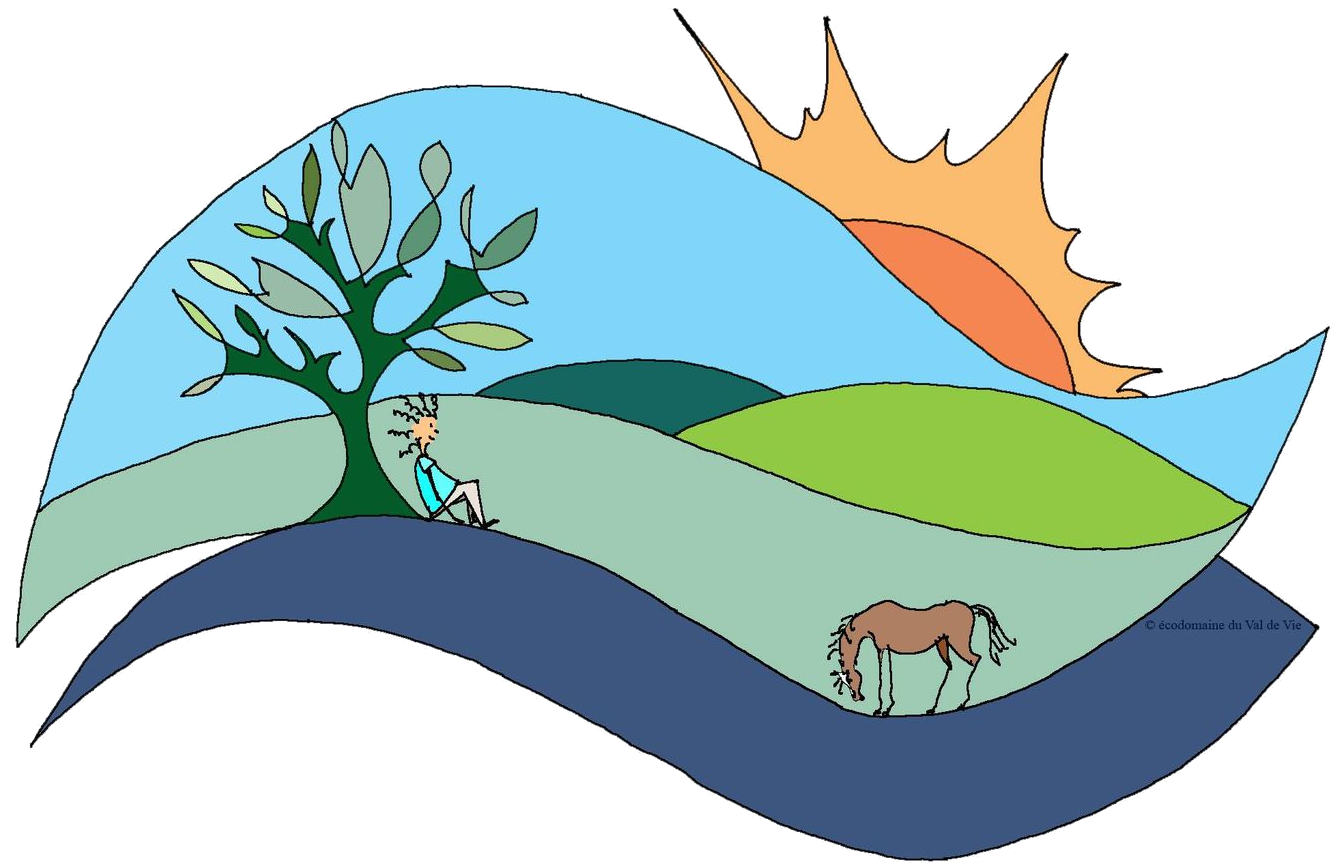
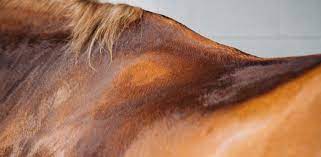
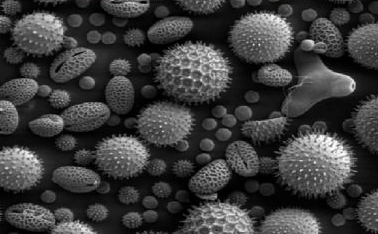
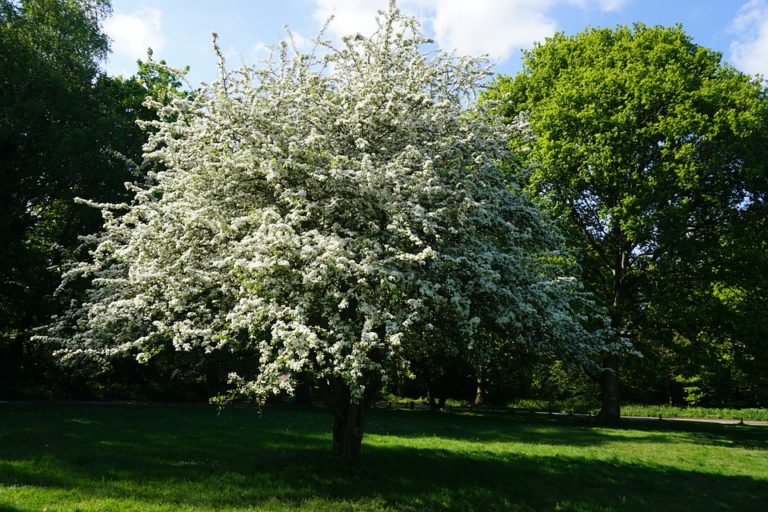
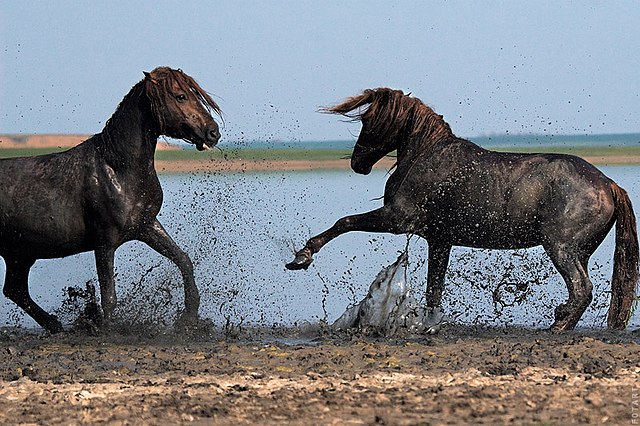
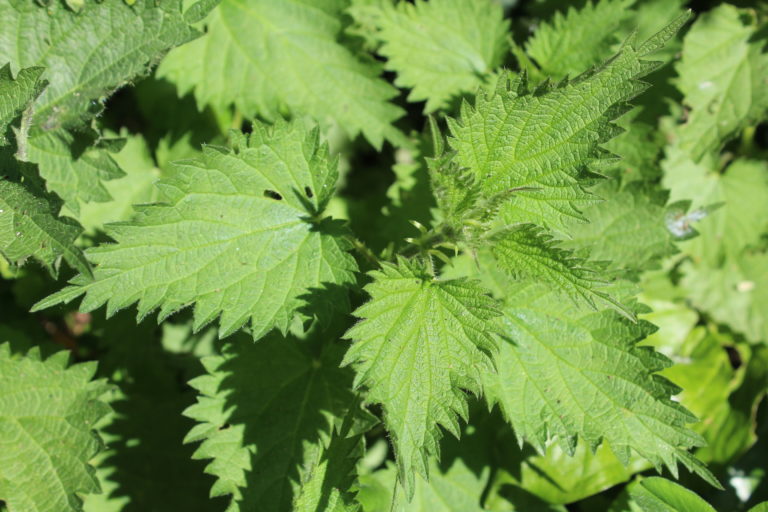
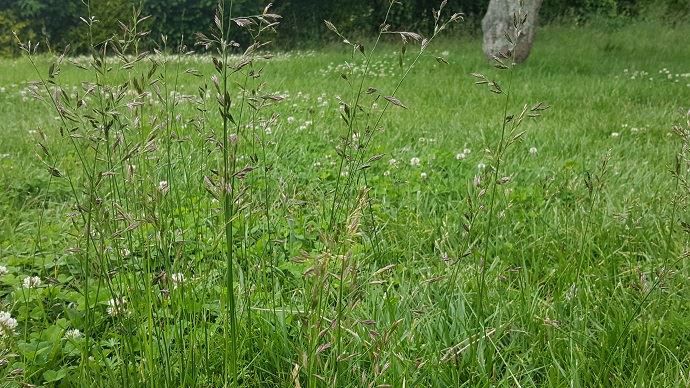
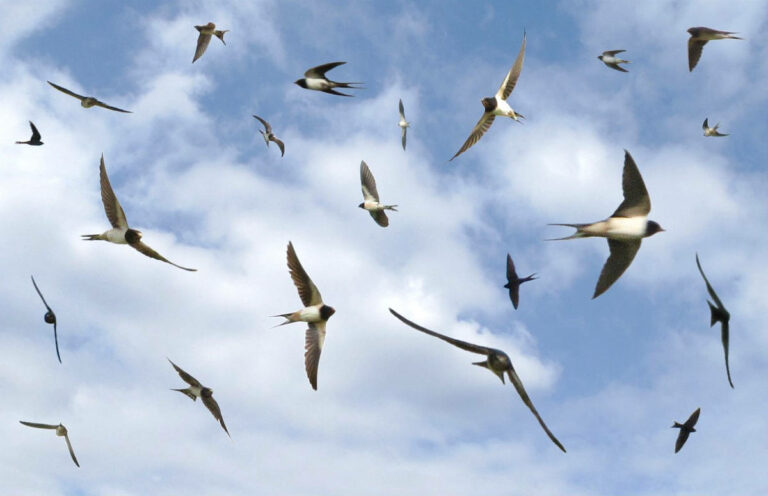
One Comment